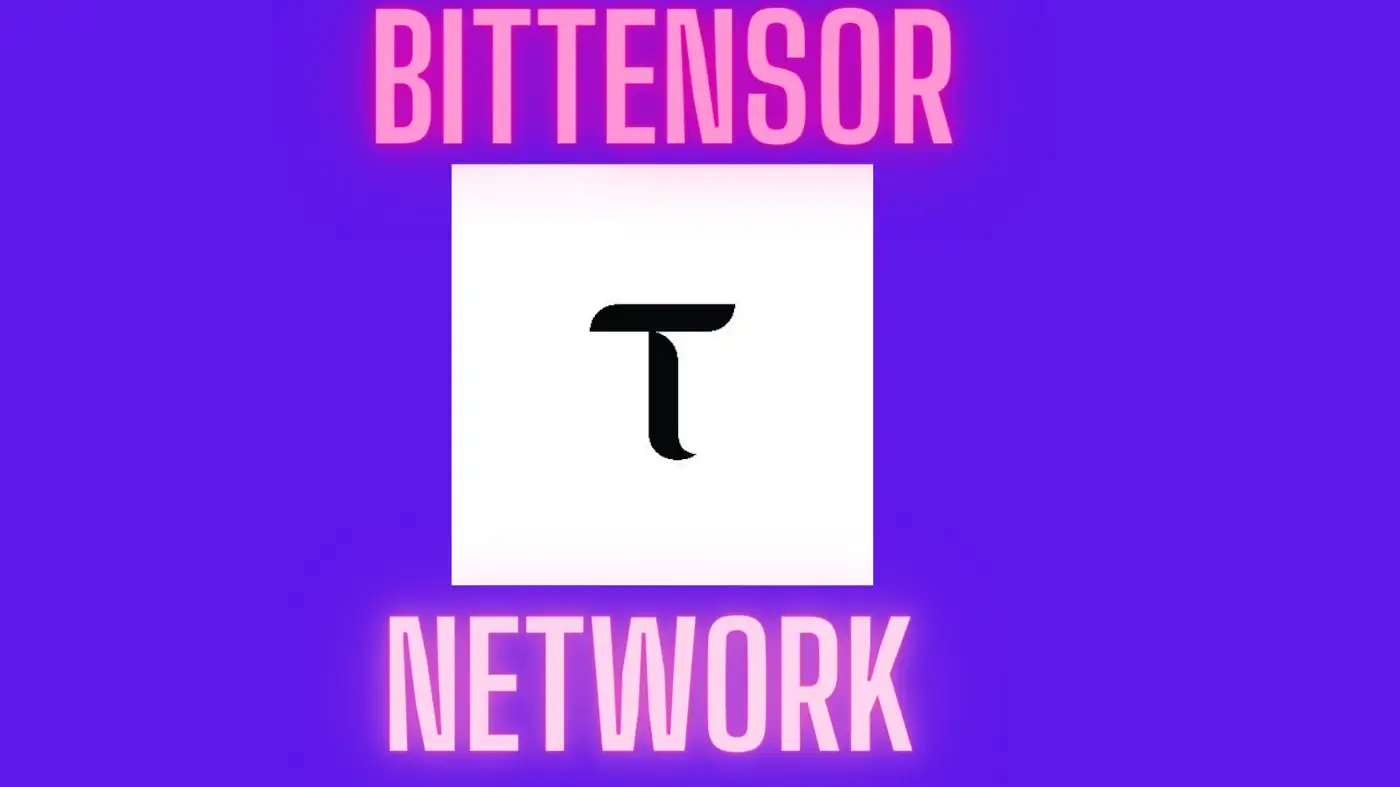
Like Arweave and Filecoin is decentralizing file storage with blockchain, Bittensor is decentralizing AI and machine learning with blockchain.
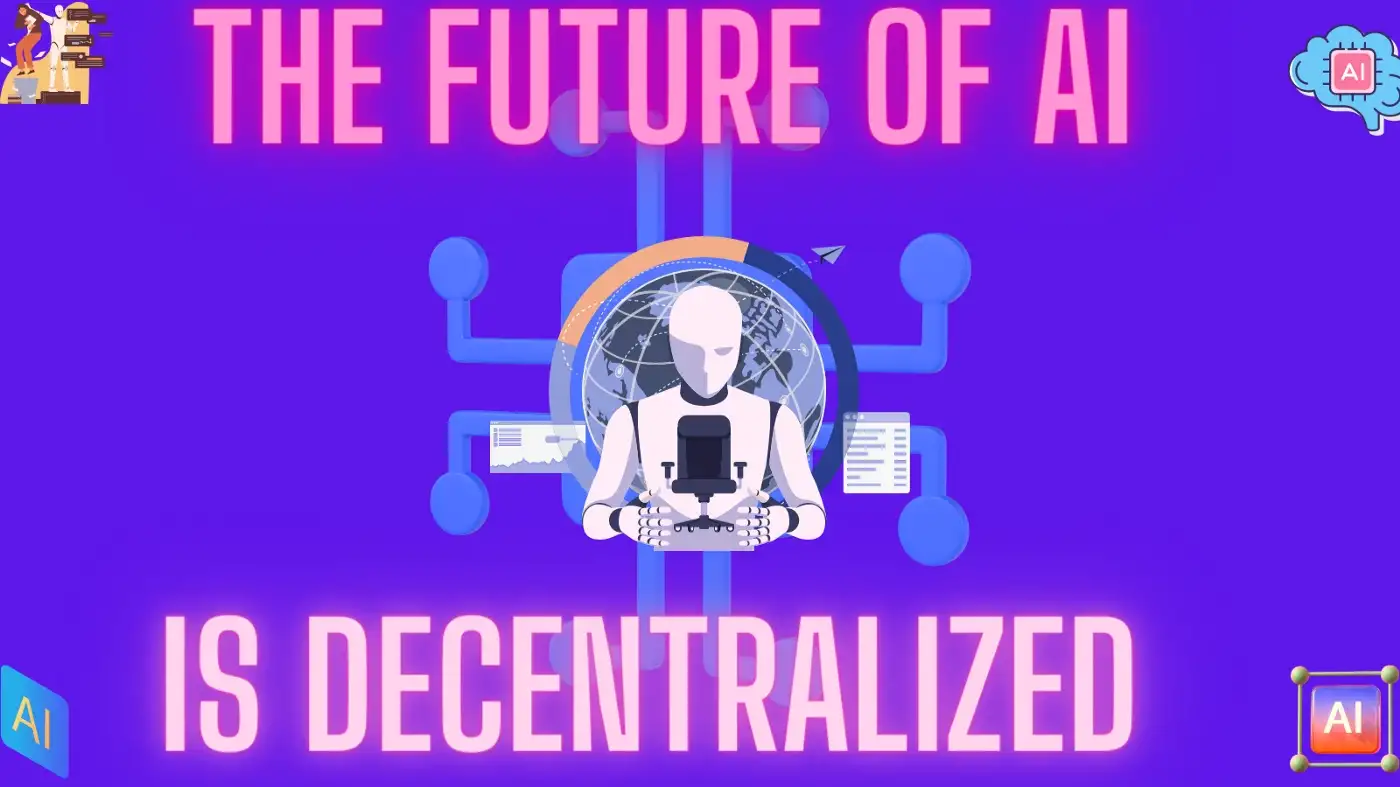
Intelligence emerges from communication,cooperation,collaboration.
Bitcoin invented the concept of “Digital Trust”,and the ability for several computers around the globe(nodes) to reach consensus(agreement) about something, in the case of Bitcoin it was money, such design and thought can be applied to anything of “VALUE”.
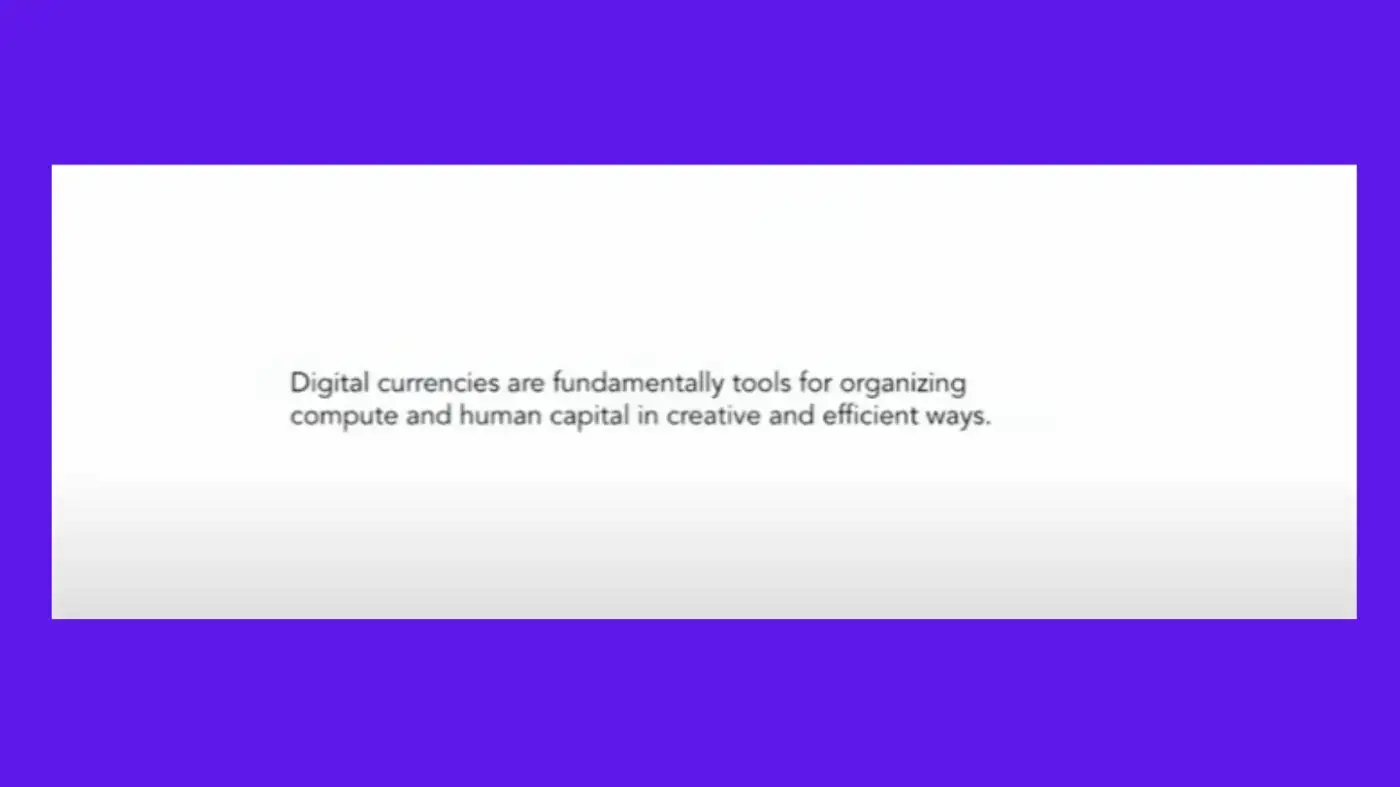
Prior to bitcoin ,many attempts even at money failed, the likes of DigiCash, Wei etc failed, now with Bitcoin design we can build “incentives” around markets that previously did not exist before,now we have a decentralized means to reward participation and maintenance of such networks.
Do you know that the Bitcoin network is by far the largest aggregation of computing power in the world. It is greater than the top 500 supercomputers combined.
Bitcoin uses proof of work : a way computers solves some puzzle(find some nonce) in exchange for reward(transaction fees and newly minted coins all in BTC).
With heavy investments in both hardware and operational cost, Proof of Work itself is not useful,it’s only a means to an end(the rewards one get for mining a block)
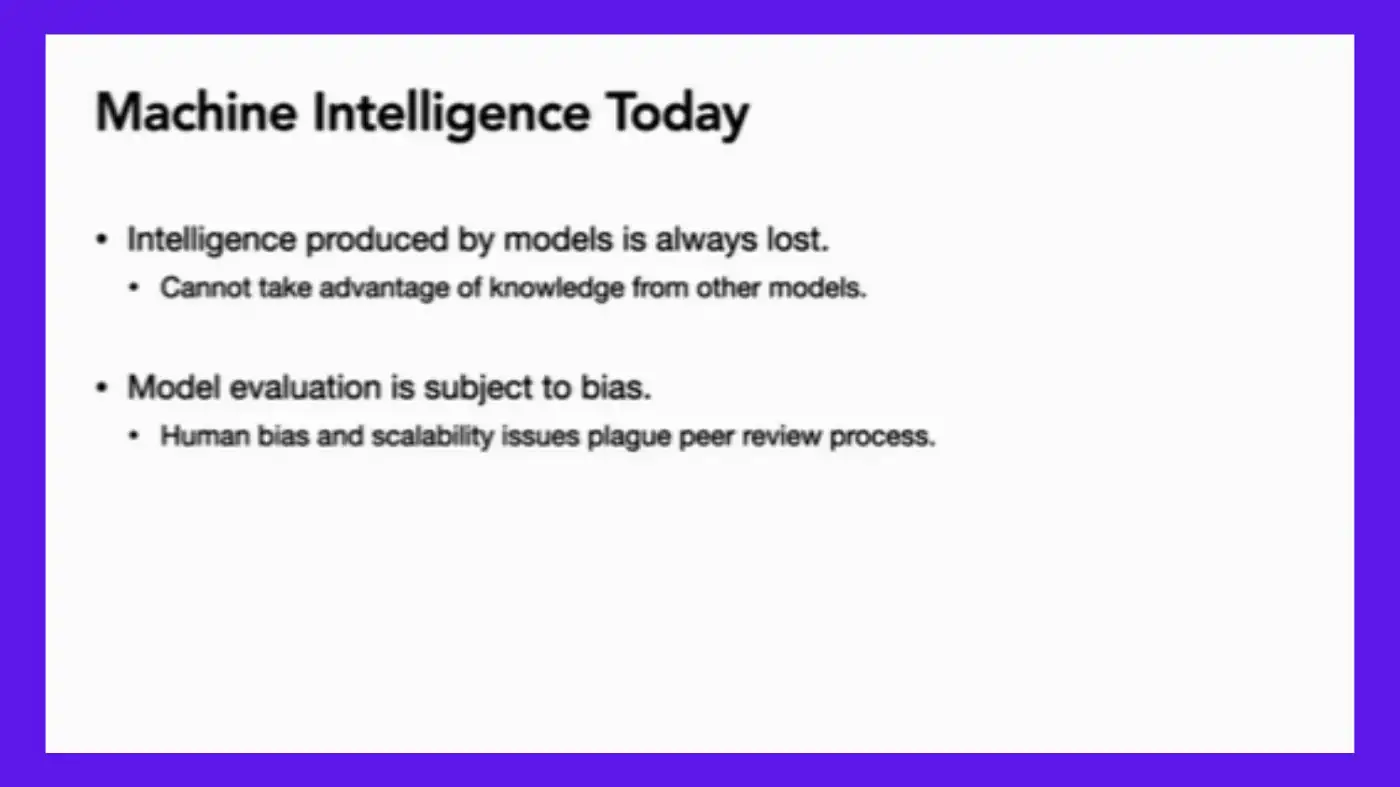
While some argue for or against proof of work, we can take that design to something like AI.
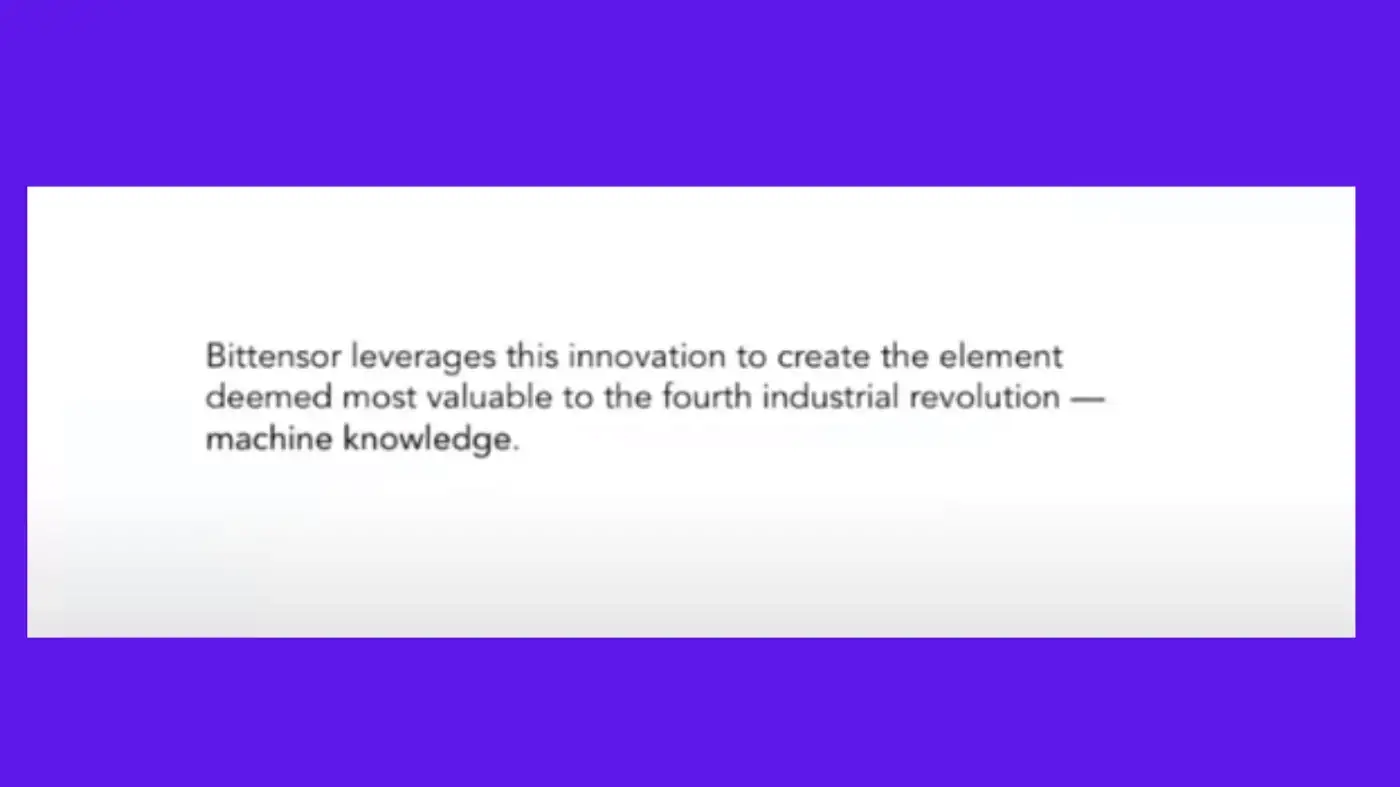
Bittensor leverages the concepts of consensus,decentralization etc to what we deemed the 4th industrial revolution(Machine knowledge)
While Bitcoin consensus is around validating transactions,Bittensor’s is around evaluating knowledge.
Supposing a ask everyone to read a piece from “Rich Dad, Poor Dad” and write something on it,everyone would come up with something different,the main hurdle now is evaluating “which is more valuable”, “which should be rewarded”, “which should be discarded”, “how much reward is deserving of a submission” etc.
Bittensor is a decentralized network that rewards participants who contribute knowledge to the network.
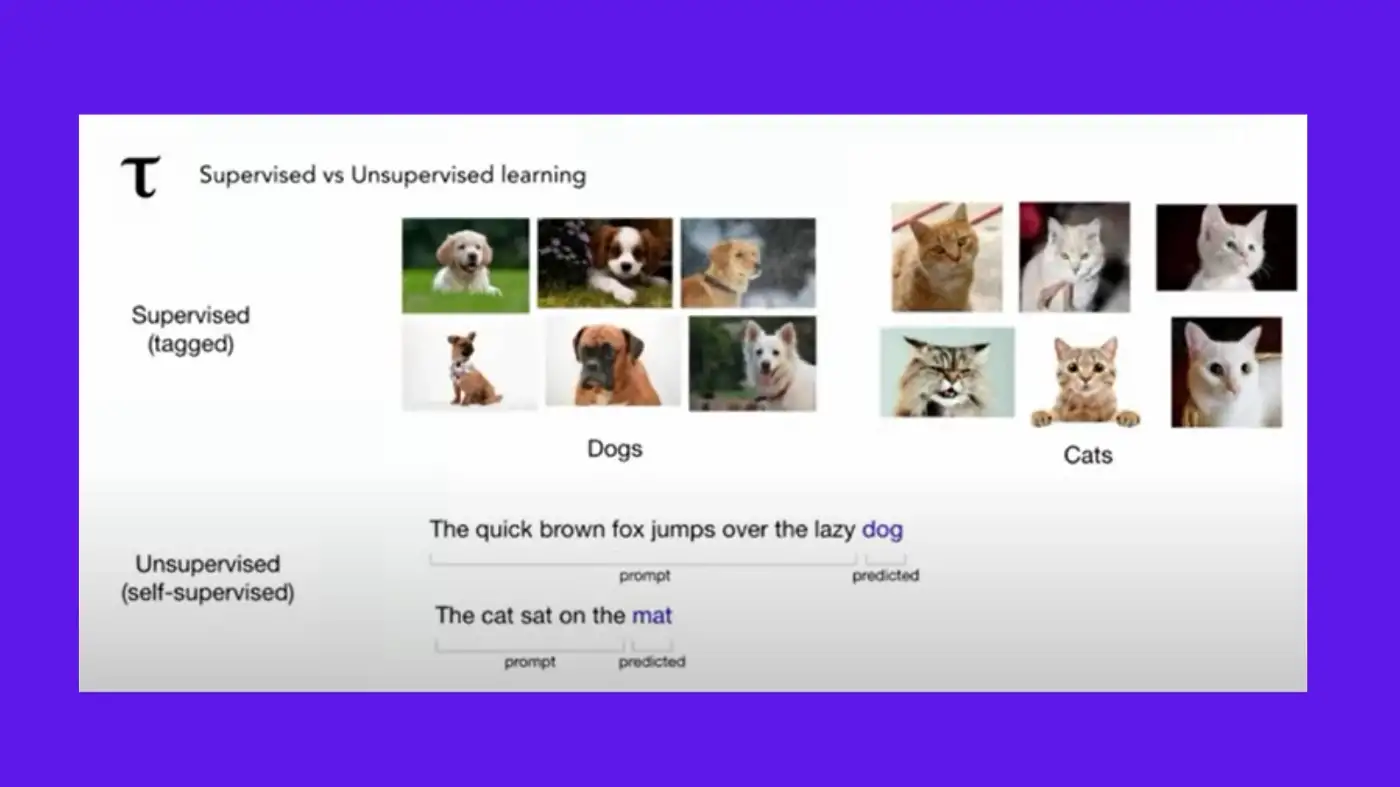
I am not an expert in Machine Learning(pls pardon me here),Machine Learning is basically split into two : supervised and unsupervised learning.
Supervised learning in its simplest form is training based on tagged data. Supposing you want to train a machine on how to recognize dogs,you can feed it thousands or millions of pictures of different dogs,all you need to do is tag them properly and with time after several training,the machine will be able to recognize a dog even if such dog was not part of the training set.
Unsupervised learning is the opposite.
Bittensor is currently working with language models primary text for now
Decentralized neural networks
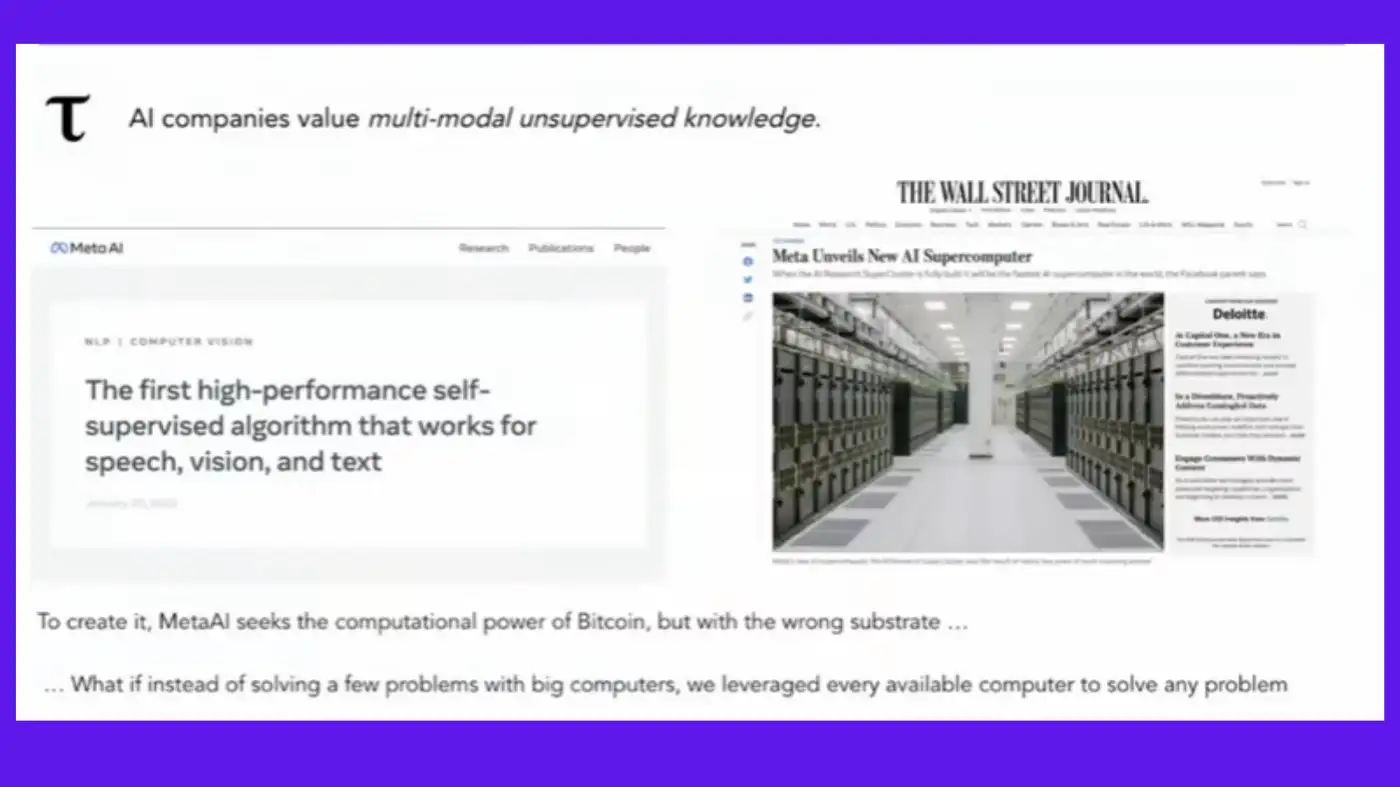
Bittensor is building a decentralized neural network. Currently the world of machine intelligence is dominated by big tech giants like Microsoft, Meta,Uber,Google etc.
They are seeking a bitcoin like computing network but in a wrong substrate(they are operating in silos), They are building giant physical data centers to run their operations but what if we could leverage every single computer available on the internet today for AI just like Bitcoin and Filecoin does for money and files storage respectively.
Do you know that the Bitcoin network is by far the largest aggregation of computing power in the world. It is greater than the top 500 supercomputers combined.
Imagine having such at our disposal, what models do you think researchers will be able to train.
Dall-E 2 and Github Co-pilot
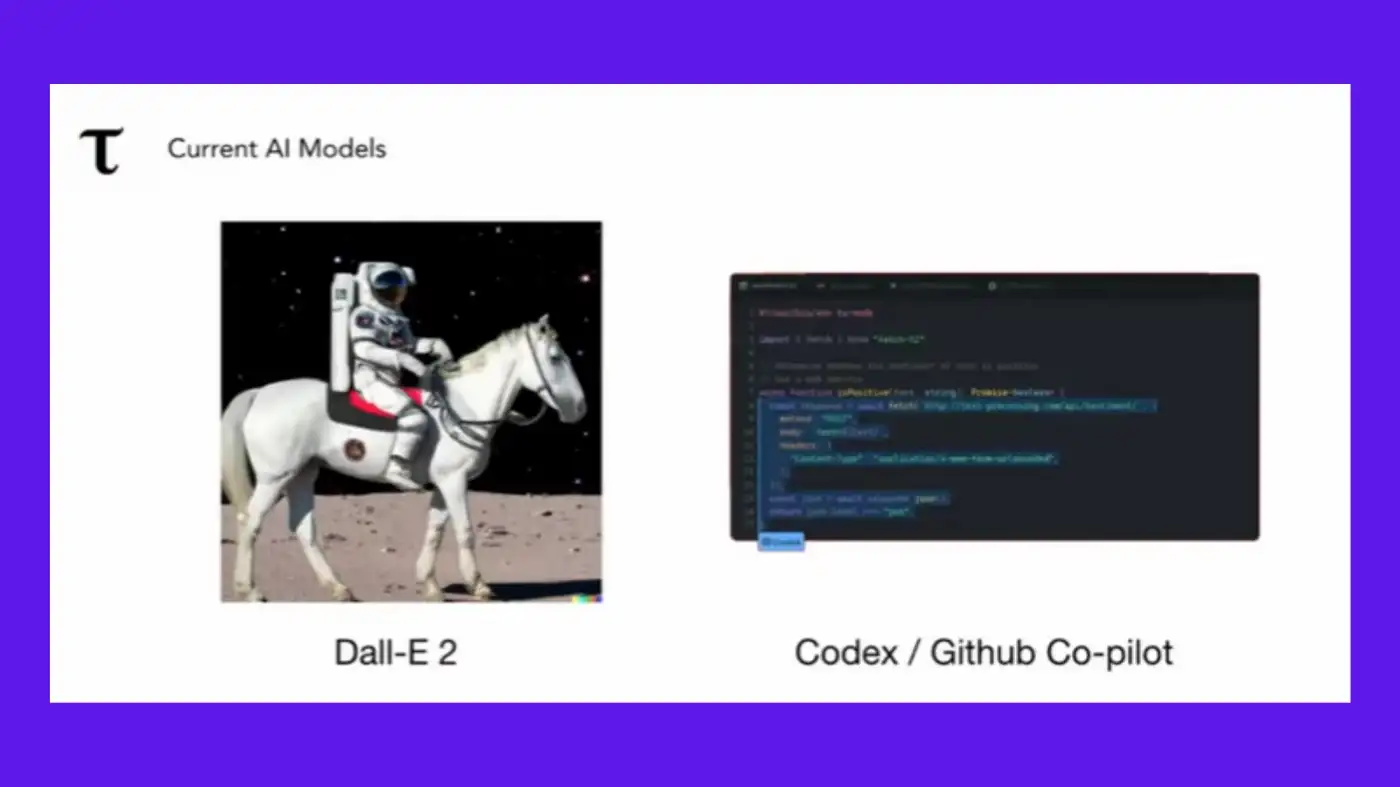
Dalle is able to generate images just from text. Like in the picture above, you can tell the AI to give you a picture of an astronaut riding a horse on the moon.
Github Co-pilot uses AI to help you write code,it can help you refill code,it can even write you rewrite a code implementation in a language in another, lets say rewrite how to do XYZ from Python in Javascript.
“So what is the Problem”
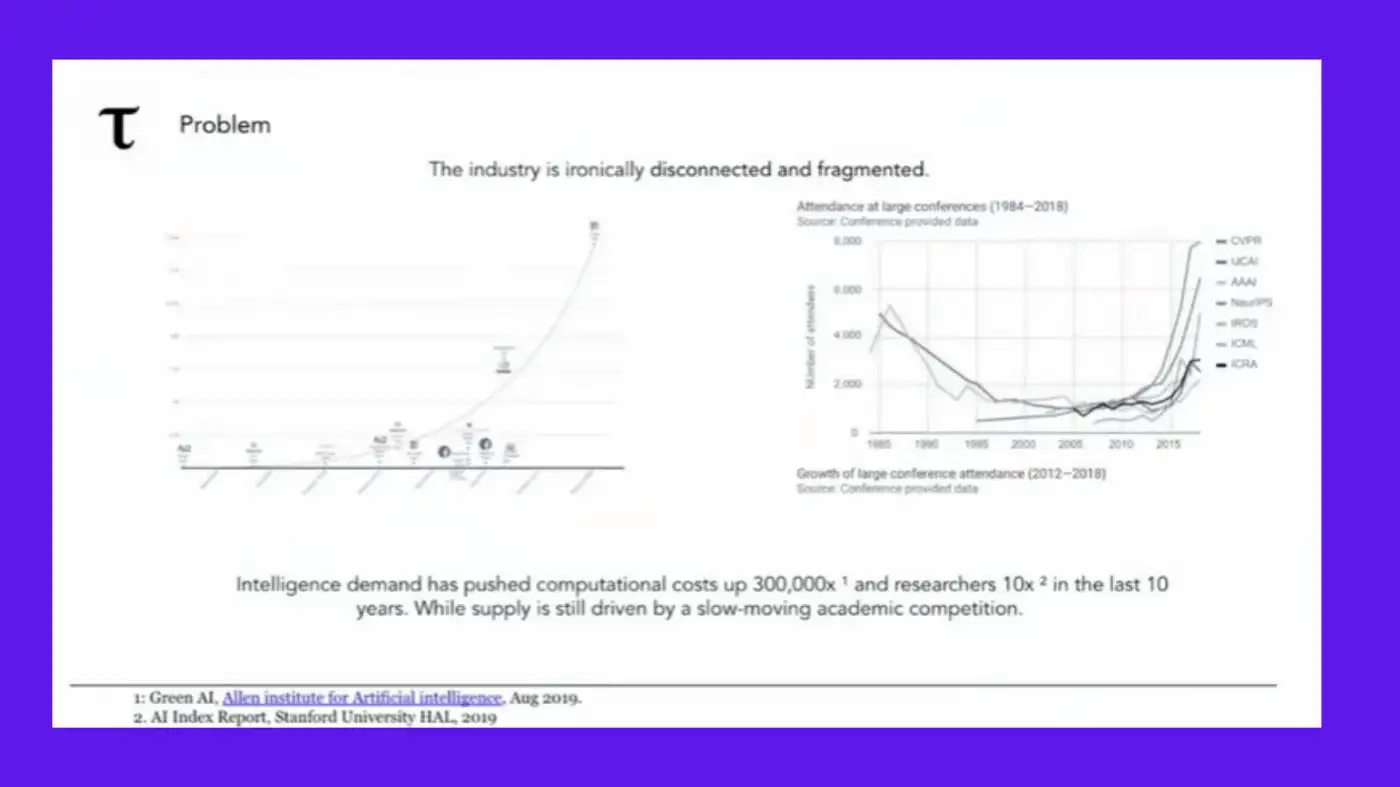
GPT3 costs $12m everytime the model is trained,that is huge.
Such massive costs require that the network is gated and not open. You can only get access via APIs and with some limits.
You can’t contribute the AI model itself if you are not part of the OpenAI team,while computational power is increasing,the number of researchers is not growing at a scale to match such increase.
Bittensor incentivized neural internet
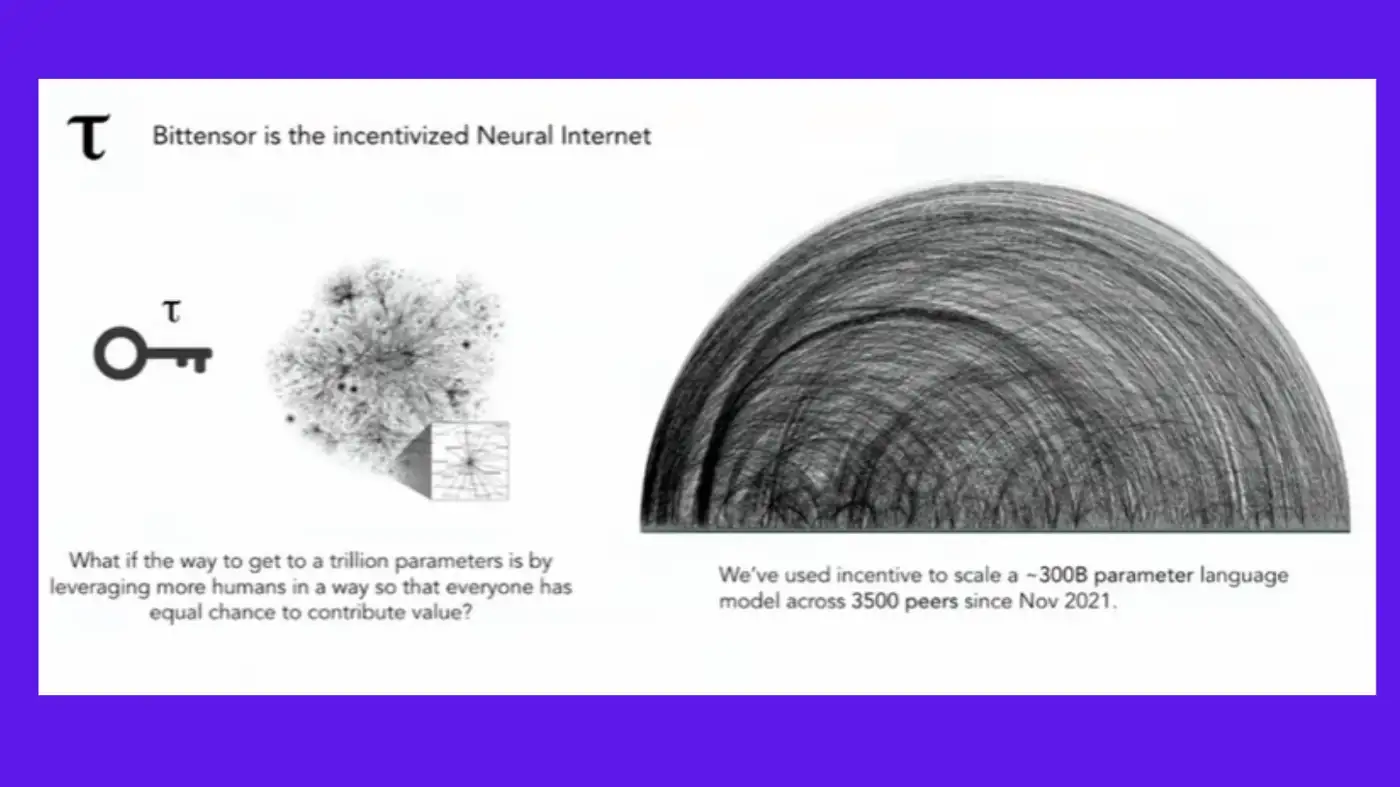
We not only need to scale the machine side but also the human side,
No more relying on some employees or researchers at some big institutions but now everyone can contribute to and earn financial rewards in return.
3500+ nodes exists on the network and over 300B parameters so far..
Why Bittensor?
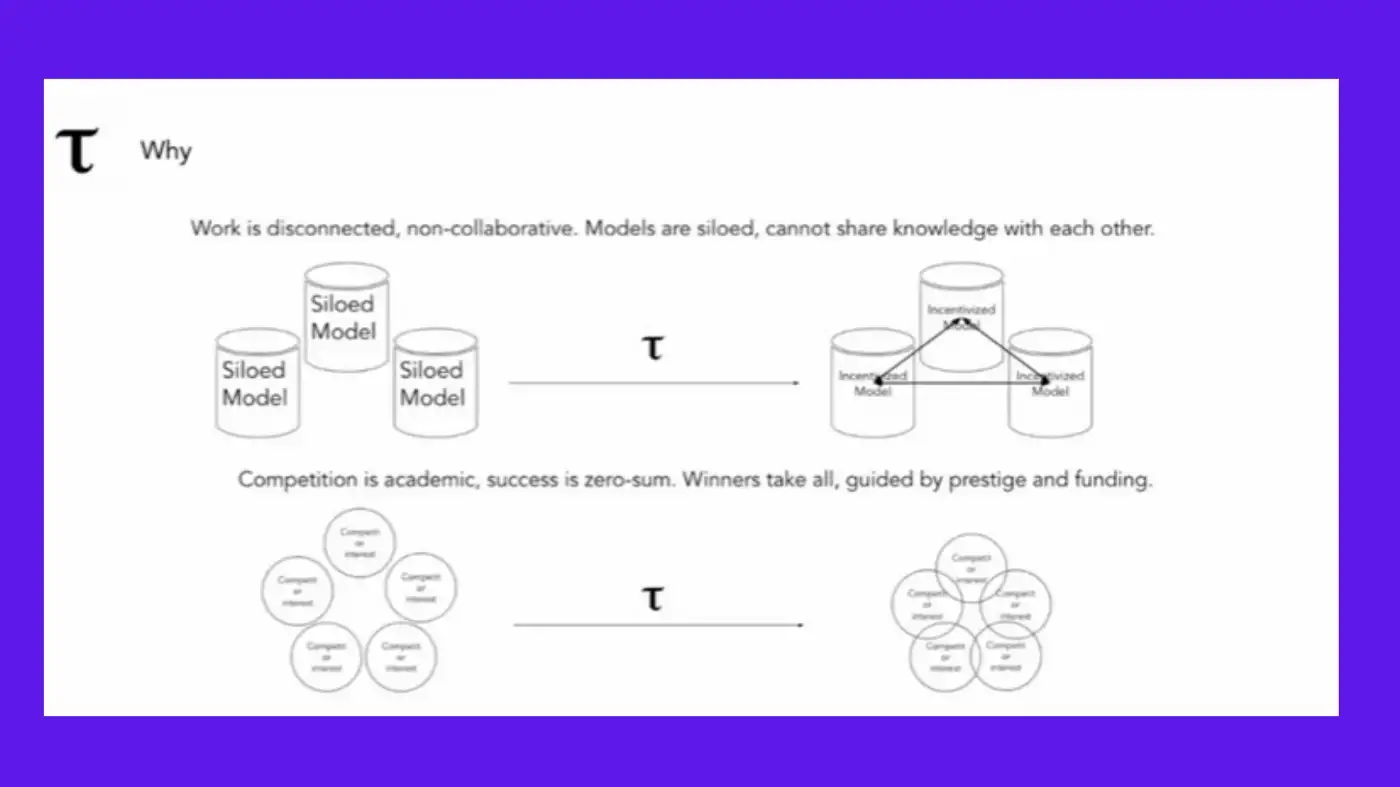
Current machine learning models are done in Silos,OpenAI models are different from that of Google, Google is different from Uber etc.
Though some of these papers around these research are published or made available to everyone, the actual training are not.
We can use incentives(rewards) and decentralization(anyone can opt in and join the network) to make that collaborative.
Rather than what is around the academic climate of a winner takes all,you now have the opposite.
What Bittensor brings
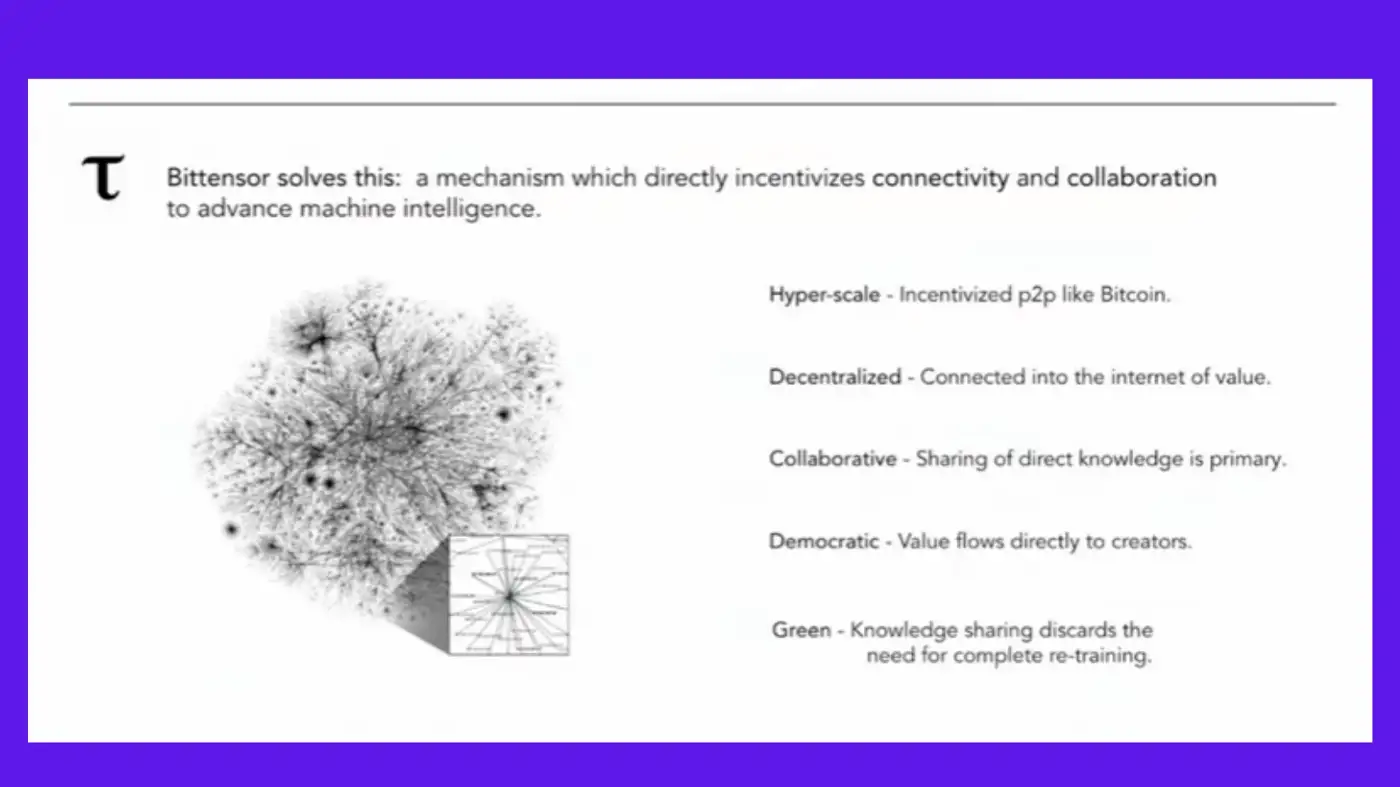
What if you could take something like GPT3 and rather than build it from scratch(feeding it with all available internet data) you build it with GPT2. You can build something entirely different from this or collaboratively with other models in the network.
Learning compounds when we learn from each other.
Supposing Alice is running an image processing model for a machine to recognize buses and Bob is doing same but for cars, there are some commonality, Cars and Buses need to recognize wheels, roads, road signs, zebra crossing etc.
The idea is that models on Bittensor learns off each other, this helps increase the diversity of the models and makes them to be more robust.
Imagine you are training a model on how to recognize dog and you are located in Asia, you can also get your model exposed to a dataset of dogs from Africa, Europe etc and now your model is more robust.
Rather than just employing or engaging researchers, anyone can contribute and the value can flow to the creators on the network.
There is also a “green aspect” to this as in sharing data you don’t have to completely retrain the model from scratch and you can save costs there as you build on something already existing.
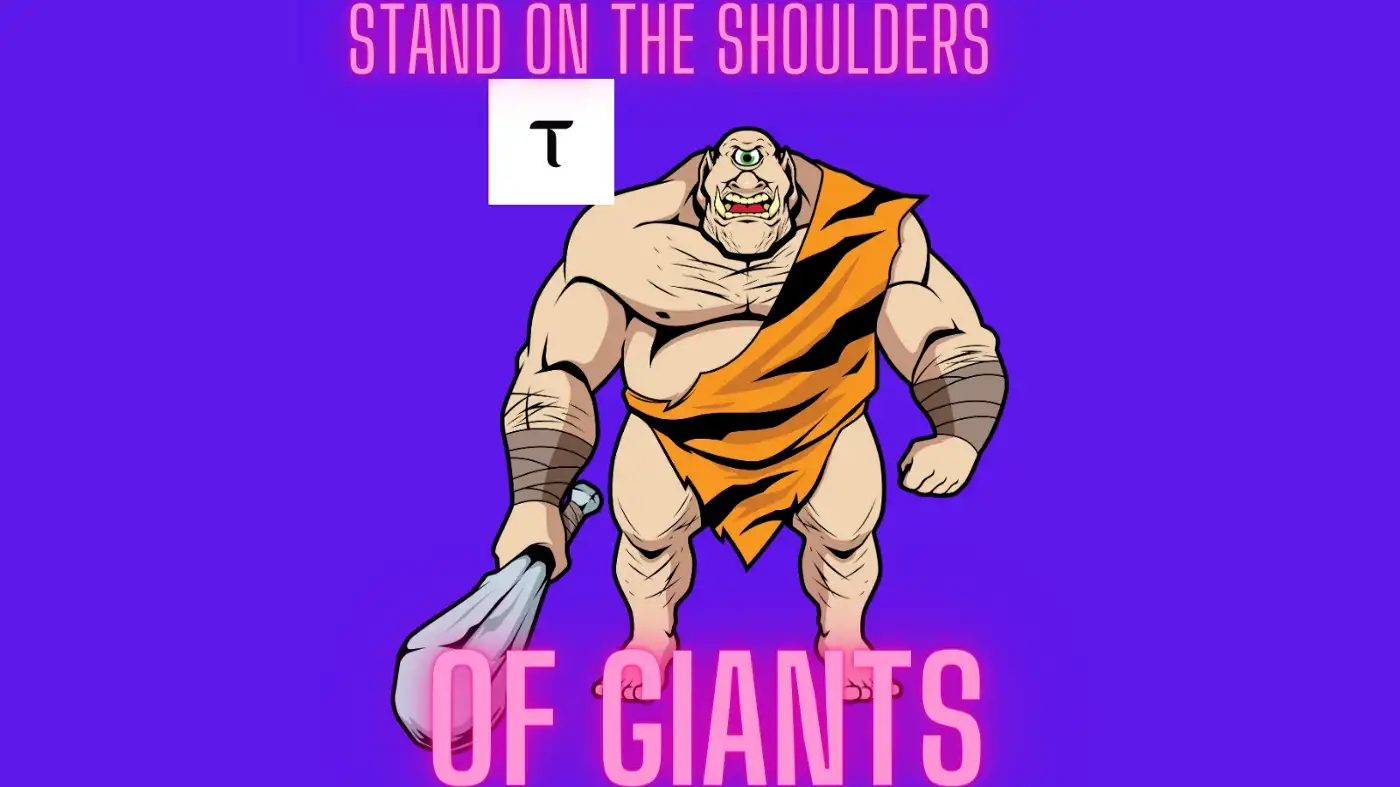
This is truly standing on the shoulders of giants”
Thanks to open source, developers do not need to develop everything from scratch, you take a library here or there and easily build anything.
This is truly the open source moment for machine learning.
What if we can build neural networks in the same way we build open source.
Network participants
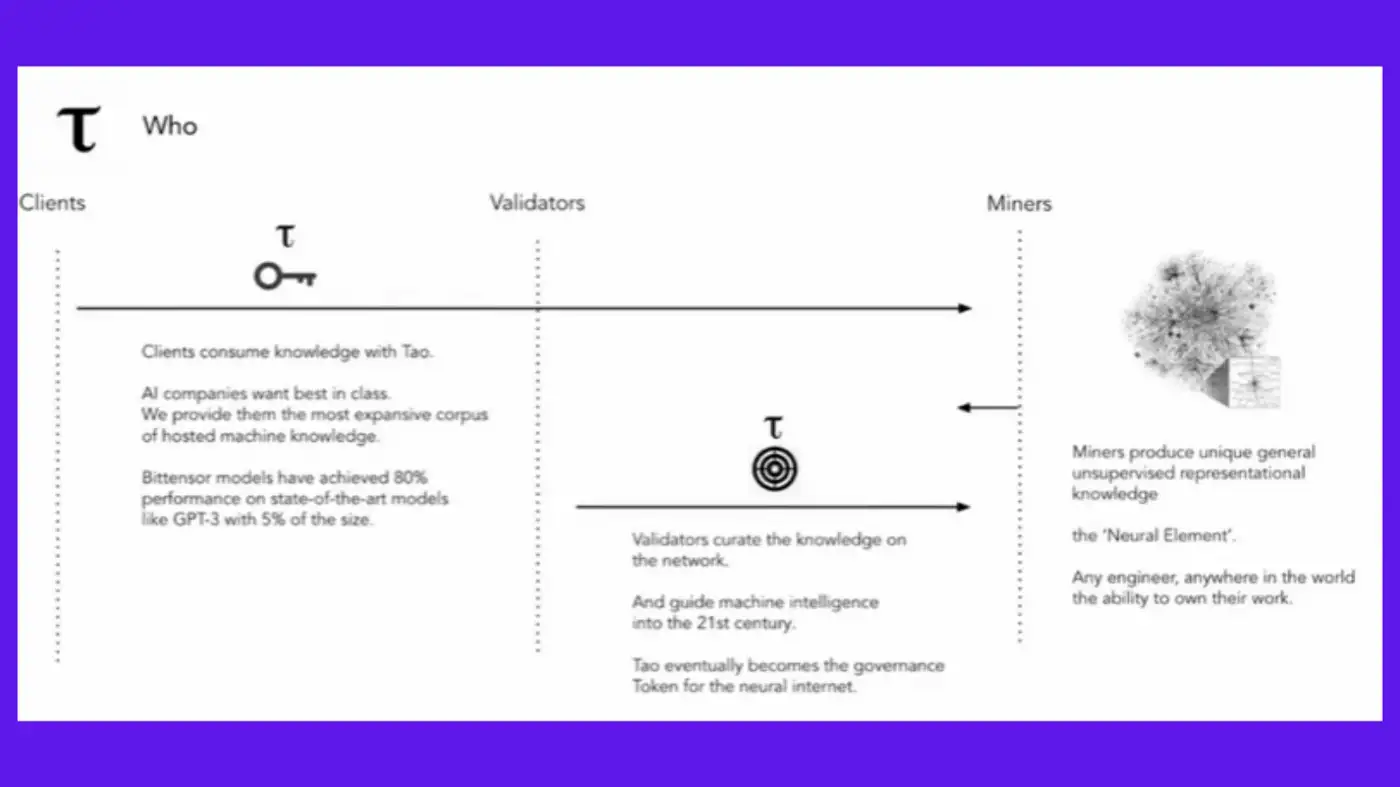
Clients : They consume knowledge of the network.
Miners : They run the neural network models locally, They get a representation of knowledge, you can say they make sense of data
Validators : they curate knowledge(intelligence). They filter what is good,best or bad and decide how much TAO a miner is deserving of for their contribution.
They accept queries from client(users or consumers) and send it to the miners(for processing), they receive the processed output from miners and feed it as response to clients.
TAO is the governance token for the network as well as incentive mechanism.
The tokenomics of TAO are similar to Bitcoin, there will exist only 21 million TAO and it will experience halving of block rewards every 4 years.
They recently secured a polkadot parachain slot, lots of exciting things for them in 2023 and beyond.
Resources
This article was originally published on my Medium account, i republish my writings on Mirror for permanence